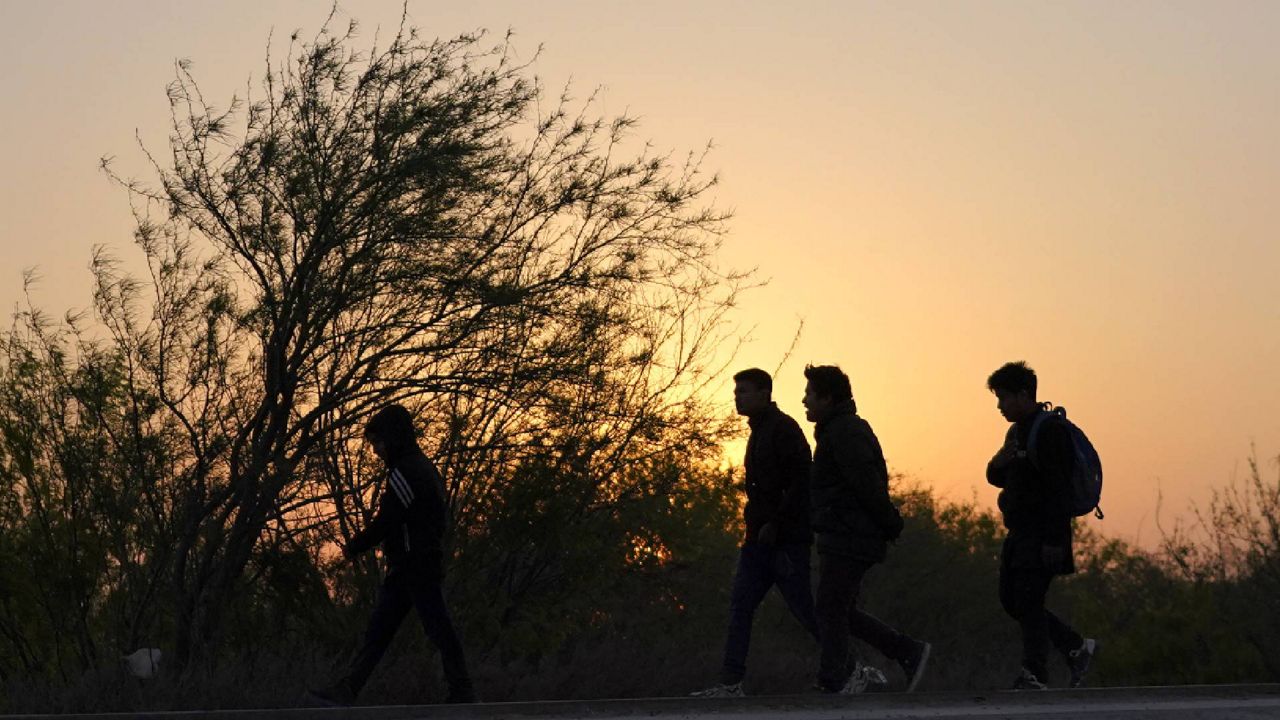Senior administration officials will travel to Mexico and Guatemala this week to discuss migration in the region and develop a plan for the increasing number of people reaching the U.S.-Mexico border, the White House announced Monday.
The trip comes as the Biden administration promises to address the root causes of movement toward the United States’ southern border, which includes many migrants from Honduras, Guatemala and El Salvador who are fleeing violence, poverty and food insecurity.
The number of people that reach the border in the coming months is likely to be more than the country has seen in two decades, Department of Homeland Security Secretary Alejandro Mayorkas said last week.
On Monday, Ambassador Roberta Jacobson, Coordinator for the Southwest Border, is traveling to Mexico with Juan Gonzalez, Senior Director for the Western Hemisphere, where they’re set to meet with Mexican officials to discuss a “humane plan of action” to address migration.
Ricardo Zúñiga, the State Department’s newly-named Northern Triangle Special Envoy, will join the trip.
Mexico has borne many pressures of the border surge as well, especially as border agents have turned back thousands of migrants under a public health order in the last year, many of whom are expelled into Mexico.
After the Mexico meeting, Director Gonzalez and Special Envoy Zúñiga will then travel to Guatemala to meet with officials and representatives from aid organizations, where they’ll discuss the causes of migration from the country.
Senior administration officials involved in the trip said it’s part of a “long term effort” to break the cycles of migration that drive people to the U.S. border and an ongoing “dialogue” about the role that Central American governments, community organizations and private companies can play.
More than 100,000 migrants were intercepted at the border last month, according to data from U.S. Customs and Border Protection, more than the same month in 2019, the last time the U.S. saw a significant spike in border crossings.
The group that has overwhelmed the U.S. government inside the country is unaccompanied minors. The administration has decided not to expel children who reach the border alone, though they are still turning back almost all adults and some families.
“We will not abandon our values and principles. We will not abandon the needs of vulnerable children,” DHS Secretary Mayorkas told CNN this weekend.
But the policy has led to crowded, inhumane conditions in border patrol facilities as the administration struggles to find enough capacity in shelters for the growing number of minors.
As of last week, more than 4,500 kids were in border patrol care, and hundreds have been held in those facilities for more than the legal limit of three days, according to CNN.
Over the weekend, Congressman Henry Cuellar (D-TX) shared photos from inside one of those detention centers, showing crowded conditions and kids sleeping on mats.
“A border patrol station is no place for a child,” Sec. Mayorkas said Sunday. “That is why we are working around the clock to move those children out of the border patrol facilities.”
Secretary Mayorkas promised that a better system would be up and running “as soon as possible” to prevent kids from being kept in poor conditions and to stem the surge at the border.
Over the weekend, President Biden said he will visit the border “at some point” though it’s unclear how soon a trip like that would happen.
For now, much of the information about border facility conditions has come from lawyers and lawmakers who have visited and shared photos and details from inside.
Officials said they were working on providing access to members of the media in a “safe” way, since reporters have so far been prevented from observing the conditions themselves.
In the meantime, the Biden administration has doubled down on its message to people thinking about migration from Central America, including through new radio and digital ads.
“Do not come,” Secretary Mayorkas said. “Give us the time to build an orderly system that will enable you to make your claim under United States law without taking the journey and imperiling your lives.”
On Monday, Senators John Cornyn (R-TX) and Kyrsten Sinema (D-AZ), who both represent border states, sent a letter to President Biden urging him to use his “full authorities” to respond to the situation at the border.
The senators called for more resources at the border and for “concrete steps” to reform the asylum process, both things the administration says it’s working on.
As one long term solution, officials said they were working to set up processing centers within Central America to handle asylum claims, which are currently only valid once a person reaches U.S. land. The in-country processing would make asylum more like the refugee admissions program.
At the moment, asylum is restricted by the public health order imposed at the border, Title 42, which has resulted in the expulsion of the majority of people who cross into the U.S., including more than 70,000 people last month.




